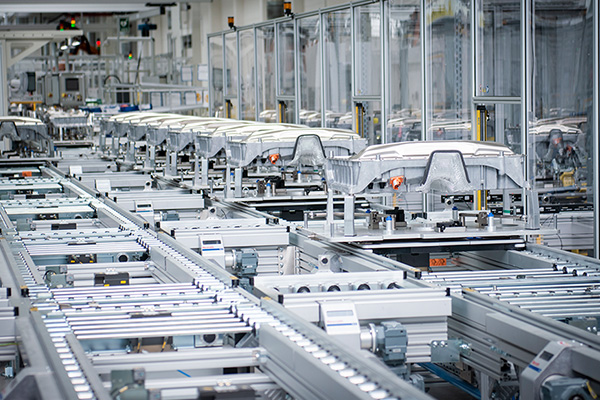What are the types of force sensors?
Time:Oct 12, 2024 Author:Stone Read:0
Force sensors are designed to measure the force applied to them and convert it into an electrical signal. Different types of force sensors are available to meet various applications and force measurement needs. Here are some common types:
Strain Gage Force Sensors:
Use a flexible material to deform under force, causing an attached strain gauge to change resistance. The change in resistance is proportional to the applied force.
Piezoelectric Force Sensors:
Use the piezoelectric effect in certain materials to produce an electrical charge in response to mechanical stress. Applied force causes deformation, which produces a voltage that is proportional to the force.

Load Cells:
Load cells are a specific type of force sensor that measure force or load along a single axis. They are often used in applications where accurate measurement of weight is required.
Capacitive force sensors:
Measure force by detecting changes in capacitance between two plates, caused by deformation of a diaphragm or flexible material in response to force.
Magnetic force sensors:
Rely on changes in magnetic field caused by displacement of a magnet or ferrous material in response to force. These changes are converted into an electrical signal.
Optical force sensors:
Use optical principles to measure changes in light properties caused by force. These changes are typically observed in fiber optic sensors and converted into force readings.
Fluid-based force sensors:
Measure force by analyzing changes in pressure of a fluid within a confined space. These sensors are particularly useful in applications involving fluid dynamics.
Strain beam force sensors:
Composed of multiple strain gauges located on a strain beam. The deformation of the beam in response to force causes strain in the gauges, allowing for accurate force measurement.
Resistive force sensors:
Use changes in resistance within the sensor material caused by deformation due to force. The change in resistance corresponds to the applied force.
Piezoresistive Force Sensors:
These sensors are similar to strain gauge sensors and use materials with piezoresistive properties. The change in resistance is measured and correlated to the applied force.
Acoustic Force Sensors:
Measure force by analyzing the sound waves generated when force is applied. These sensors are sensitive to the sound or vibrations produced by the applied force.
Load Pins:
Load pins are designed to replace existing load-bearing pins in structures and machinery, allowing for direct measurement of the forces within the pins.
Tactile Force Sensors:
Tactile force sensors are designed to mimic the human sense of touch and are used in applications where the detection of touch or pressure is critical.
Compression and Tension Force Sensors:
Differentiate based on their specific use for measuring compressive or tensile forces. They are selected based on the nature of the force to be measured.
Triaxial Force Sensors:
Measure forces in three perpendicular directions (X, Y, and Z axes), providing comprehensive force data in three-dimensional space.
The selection of a specific force sensor type depends on factors such as the application, required accuracy, force range, environmental conditions, and the nature of the forces being measured. Each type of force sensor has its advantages and is suitable for specific applications in various industries.
Previous:What are the types of pressure sensors? Next:How to Choose the Right Pressure Sensor for Your Needs
